Climax Examples in Literature (Figures of Speech)
Climax Definition The part of a story or play in which events may be so arranged as to progress towards the highest point of interest…

Climax Definition The part of a story or play in which events may be so arranged as to progress towards the highest point of interest…
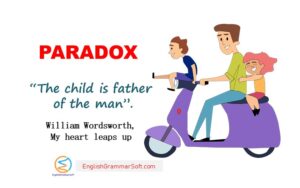
Paradox Definition A self-conflicting statement which at first appears to be confusing but later-on it became latent truth. It is often used to make the…
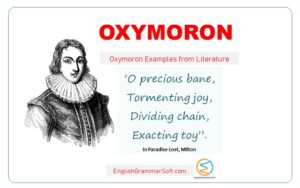
History and Etymology of Oxymoron: It was first known use in 1657. Late Greek oxymōron, from neuter of oxymōros pointedly foolish, from Greek oxys sharp,…
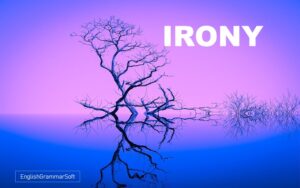
Irony Definitions a. There is a contrast between what is said and what is meant, or between appearance and reality. b. A mode of discourse…
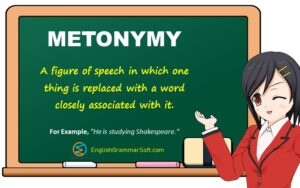
Metonymy A metonymy is a figure of speech. It derived via Latin from Greek metonymia (from meta-, meaning “among,” with, or after, and onyma, meaning…
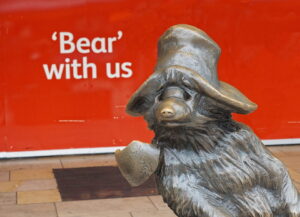
Pun Figure of Speech Pun It was first known use in 1644. Definition A joke based on the interplay of homophones, words with the same…
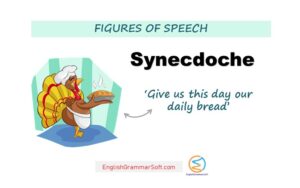
What is Synecdoche? Synecdoche is a figure of speech in which the whole represents just one part. This can be done with personification and metaphor…
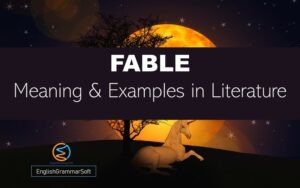
Fable Meaning and Examples in Literature Fable It was first known use in 14th century. History Middle English, borrowed from Anglo-French, going back to Latin…
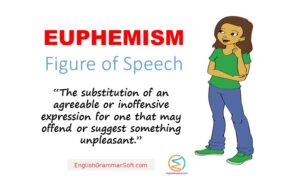
Euphemism Figure of Speech (Definition, Examples and Types) History and Etymology: It was first known use in 1681. Greek work derived from euphemismos, from euphemos…
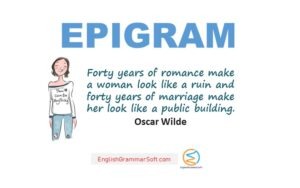
Epigram It was first known use in 15th Century. Etymology of epigram Middle English epigrame, from Latin epigrammat-, epigramma, from Greek, from epigraphein to write…